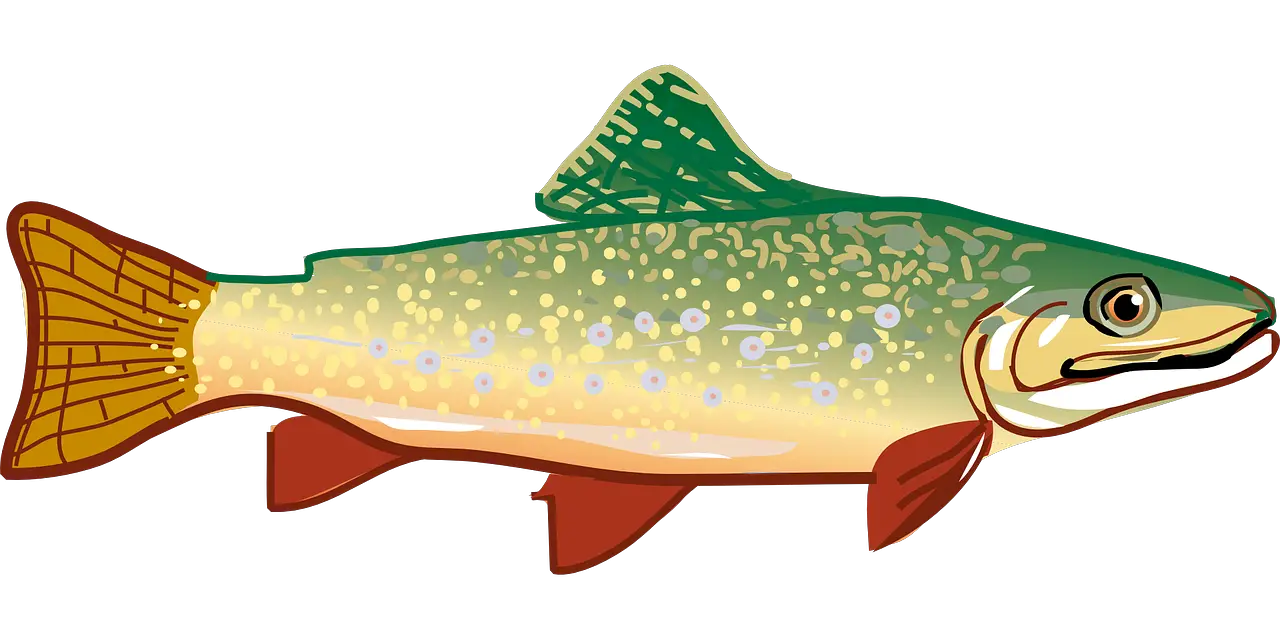Fish species are abundant between Georgia, North Carolina, and South Carolina. The three states are home to rivers, creeks, ponds, reservoirs, inland waters, and the open Atlantic Ocean. When fishing these waters, it is essential to identify the type of fish for many reasons. Here are 3 things anglers need to know regarding fish identification.
Why Is Important To Identify Fish
With the three states offering access to freshwater and saltwater species, thousands of species are swimming the waters between the two.
Complying With Regulations
Georgia, South Carolina, and North Carolina establish regulations determined by scientific studies. It is essential to maintain healthy fish populations to preserve the quality of the fishery.
Considering the three states are not a free for all, pick up a regulations book. The regulations define the size and bag limits of freshwater and saltwater species.
While the name of the fish and the regulations are clearly defined, you must match the species with the description.
A fish identification chart will help you identify the fish based on appearance to apply the regulations of the state.
Fishing Tournaments
Whether you are fishing in offshore tournaments for pelagics or trout tournaments in streams you must properly identify the fish when weighing.
Some of the commonly confused saltwater fish include tuna because of the size of the family. Equally as confusing are trout in freshwater streams and bass in lakes. Don’t be embarrassed by weighing in the incorrect fish species.
A chart will guide you in identifying and weighing only the proper fish in a tournament.
Fishing Records
Similar to a fishing tournament, the fish must be accurately identified to qualify for a state record. Utilize a fish identification chart to ensure you are presenting the correct fish when qualifying for a potential record.
Anglers become particularly confused when identifying catfish, panfish, and tuna. Here is the differences between a flathead catfish vs. blue catfish.
What Are The Best Methods Of Identifying Fish
When it comes to identifying fish, there are numerous resources available. Some of the resources include the internet, phone apps, charts, and books.
Phone App
One of the best resources for identifying fish is by using the phone app called Fish Verify. Fish Verify not only identifies fish based on a picture of the species landed but assists in providing you with accurate information pertaining to regulations.
The combination of properly identifying a fish and matching the state harvesting laws is a win-win for anglers.
Avoid legal trouble by keeping the wrong fish or the improperly sized fish when it is available at the touch of a button on your device.
Website Identification
While not quite as convenient as using a an app, bring along a tablet or computer with wifi when fishing from a boat or land.
When identifying saltwater species in Georgia, South Carolina, and North Carolina a great resource is the NOAA Fisheries site. Here you will find 58 saltwater species that call the Atlantic home.
Freshwater fish are best identified by visiting the Department of Natural Resources page for Georgia, South Carolina, or North Carolina depending on which you are fishing. The website will provide descriptions in combination with a picture.
Conservation Printed Materials
Whichever state you wish to fish pick up the printed regulations chart. The regulations chart will not only provide you with information on harvesting laws but provide images, descriptions, and tips on catching fish.
The state provides free materials to anglers. Other important information includes the methods of measuring fish, details on contaminated waters, and instructions on purchasing a fishing license.
Turning Fish Identification Into Muscle Memory
Rather than relying on a chart to identify fish when casting a line in Georgia, South Carolina, or North Carolina turn the chart into muscle memory.
After repeated fishing trips and comparing the fish to a chart recognition will become ingrained in the mind.
No need to pull out the phone, review a printed publication, or visit a website once you have caught the same types of fish on a consistent basis.
Countless anglers have dropped phones or other electronic devices into the water below while attempting to take a photo or make a side by side comparison. Don’t become a victim of losing expensive electronics.
Use These Three Tips For Fish Identification
It is essential to identify the types of fishing being caught during an outing. It is not uncommon to catch three or more species during a single trip. Use the resources made available to identify fish when casting from a boat or land. Most importantly harvesting an illegal fish leads to serious conseuences.






